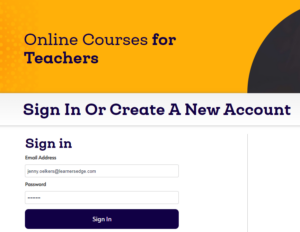Select Your Product:
If you need any help with your login, please reach out to us via chat,
which you can find in the bottom corner of your screen.

Courses & Video Library
Learners Edge and Advancement Courses are now Teaching Channel. Login to you online course(s) or access your account. Individual Library subscribers access here!
 (Open Link in new tab)
(Open Link in new tab)
New Platform(Open Link in new tab)
Welcome to the Teaching Channel Platform. Launched in September 2023, if you are a new School or District Client, welcome to your new platform!
Formerly: ![]() +
+ ![]()
Formerly: ![]()

